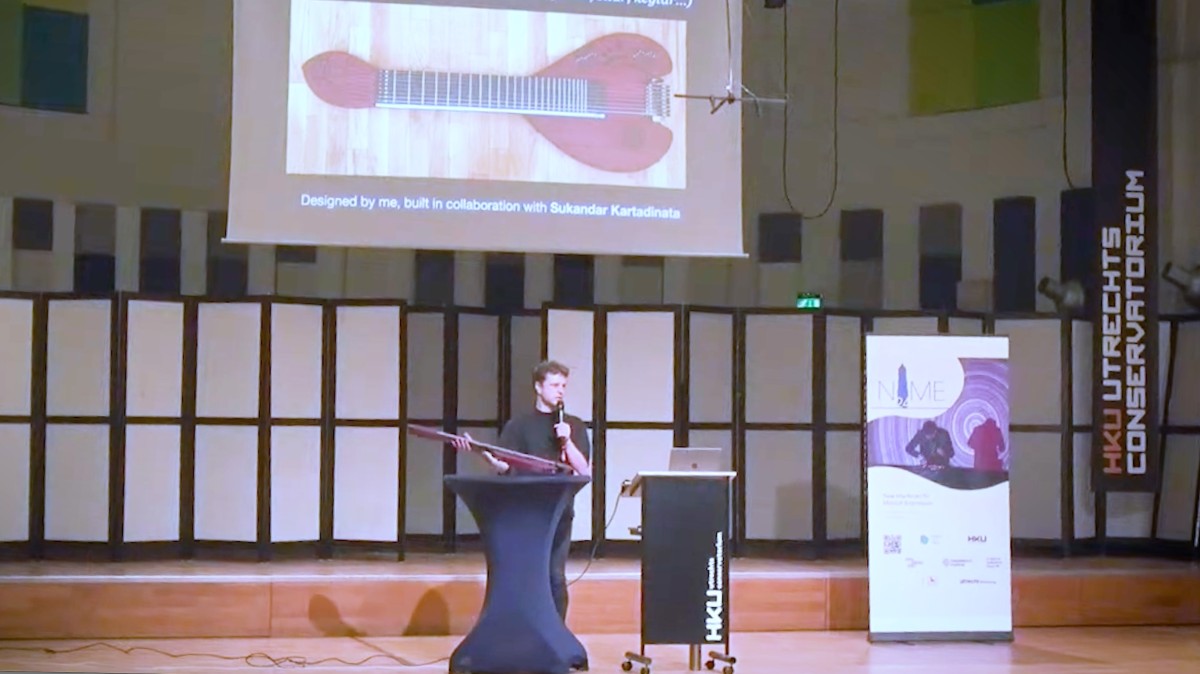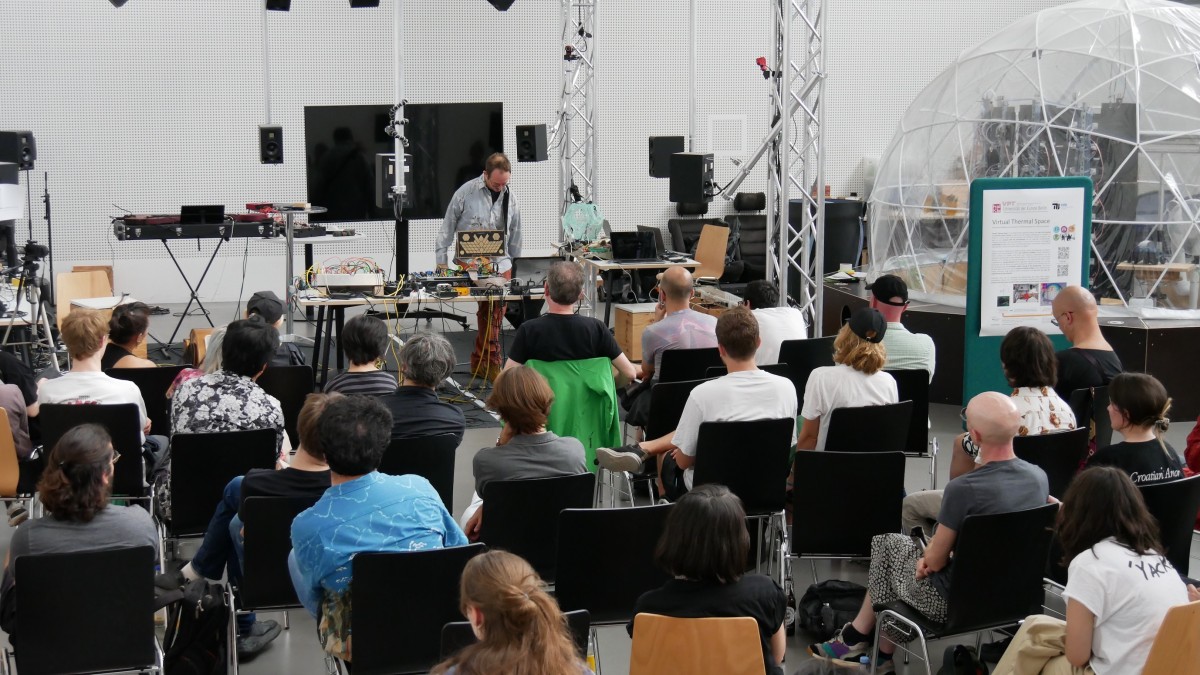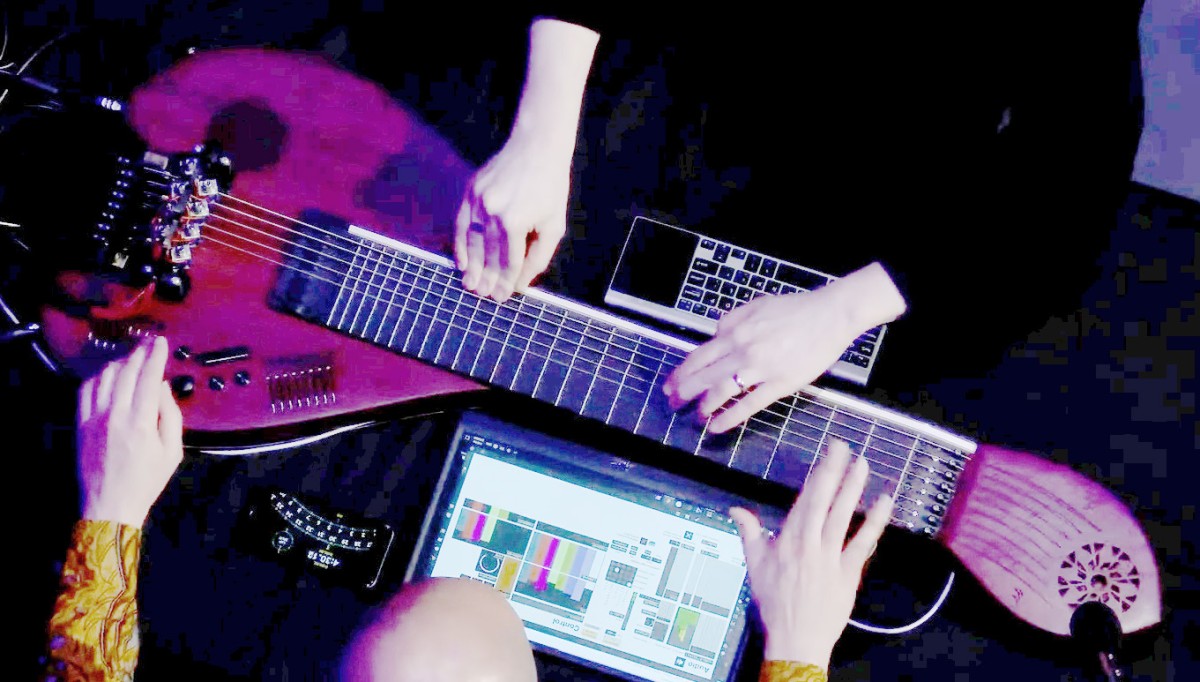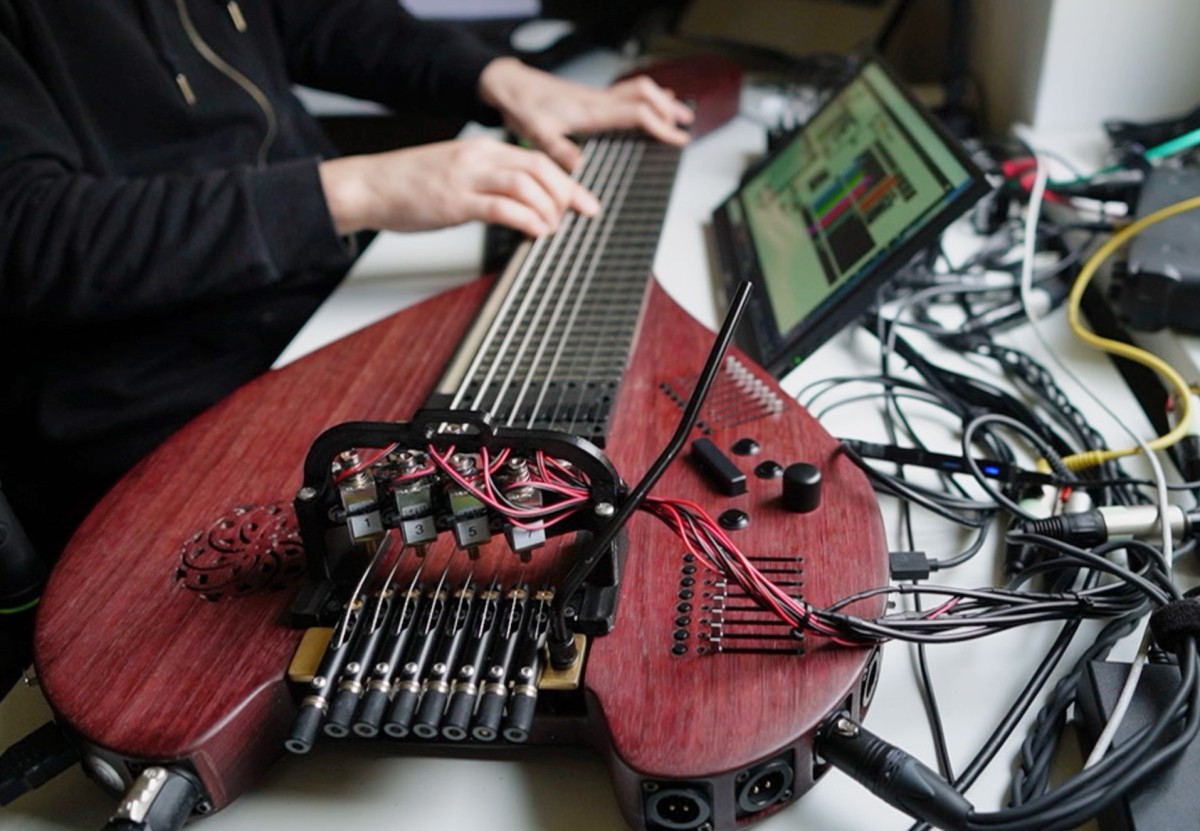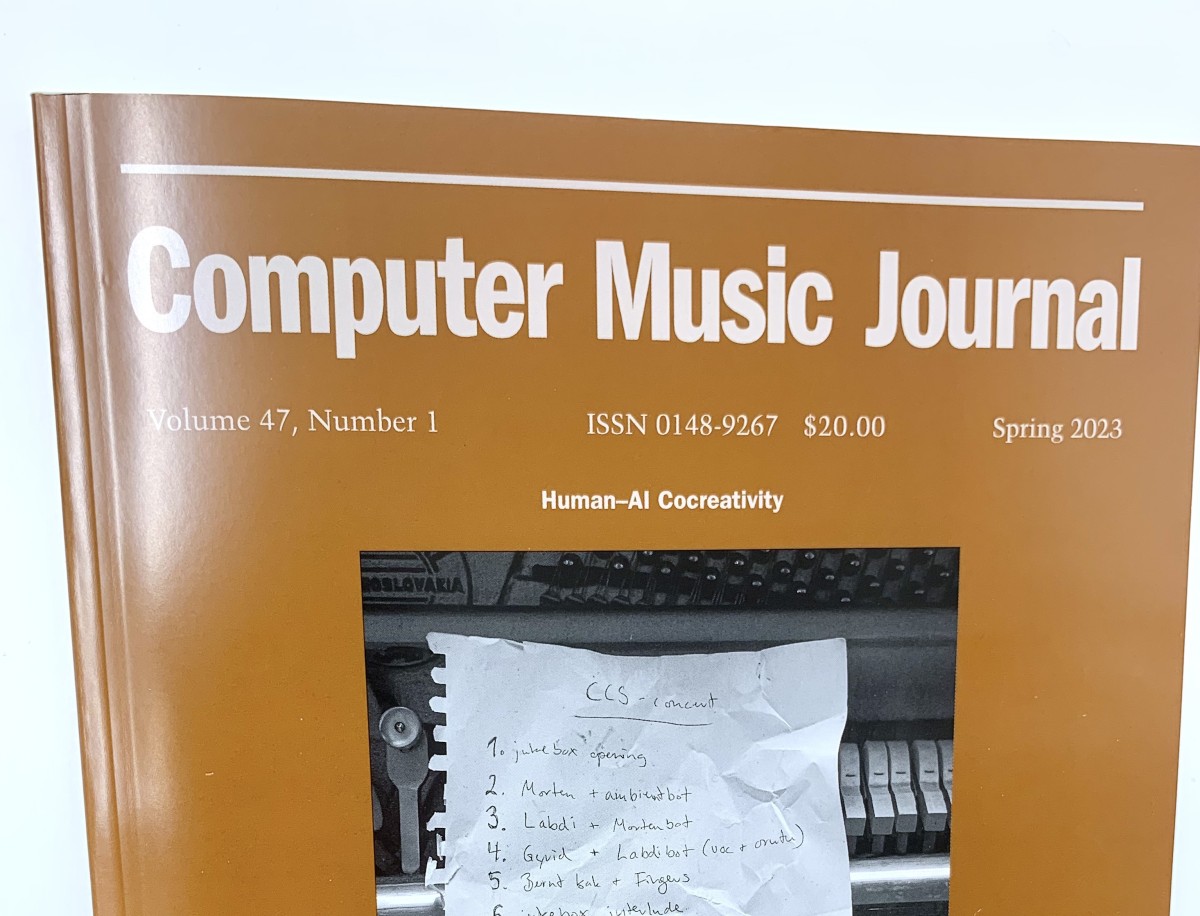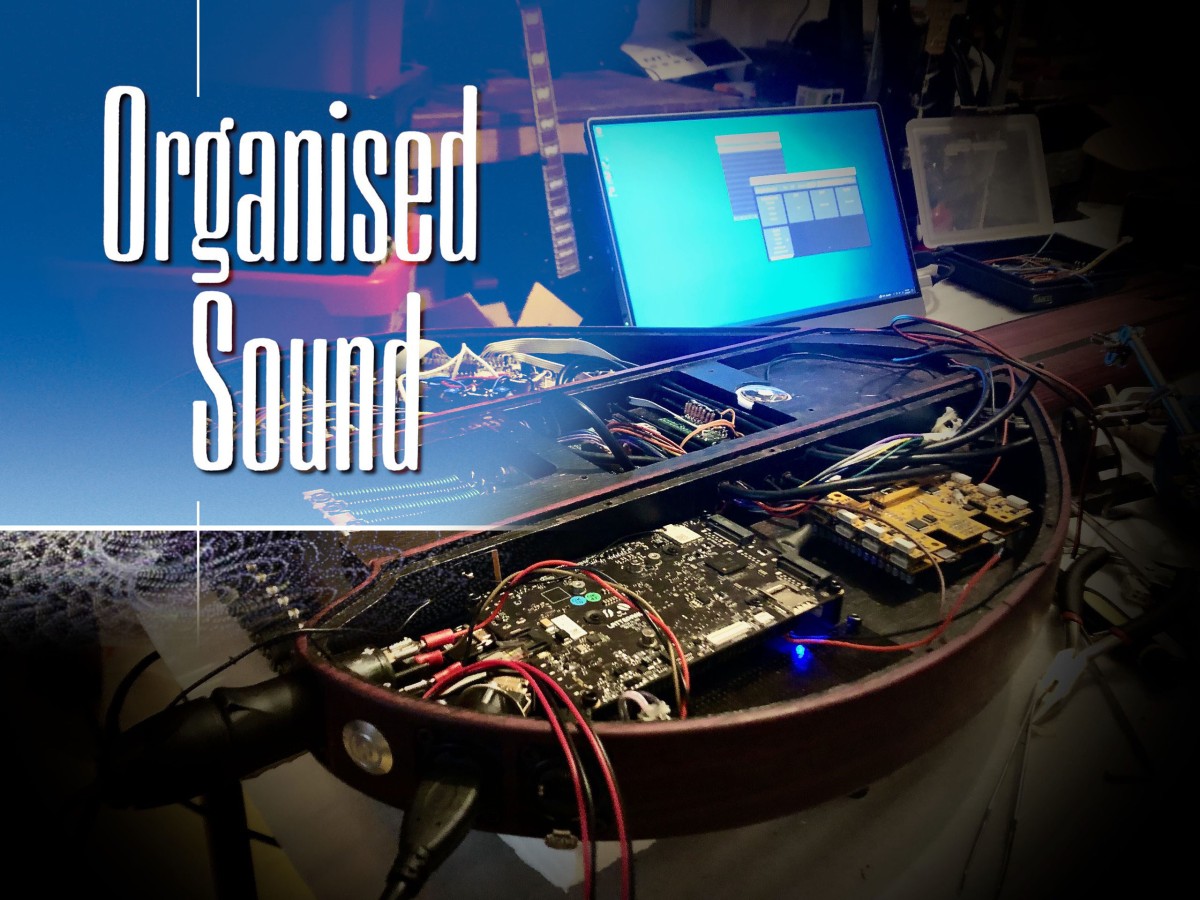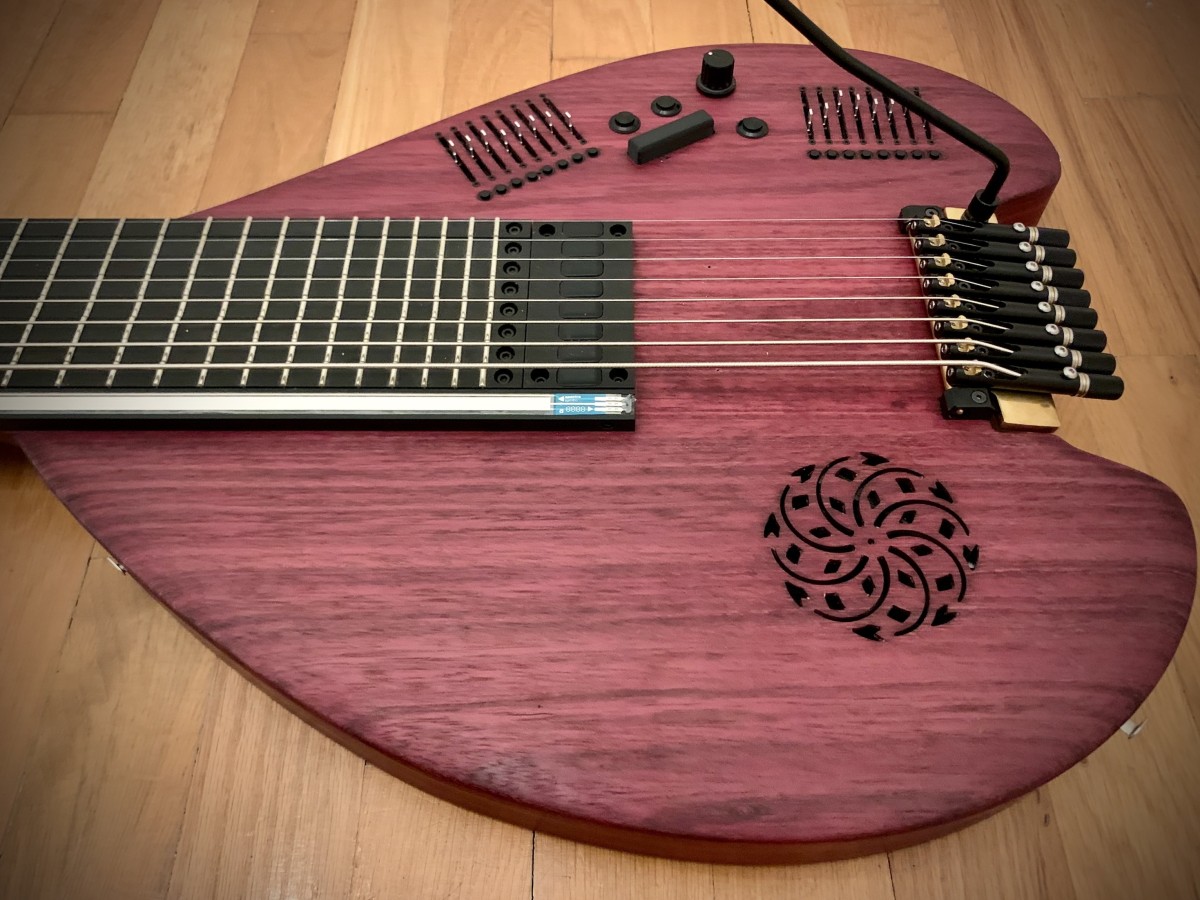Excited to announce that I am co-editing with Thor Magnusson a thematic issue of Organised Sound on the topic of Embedding Algorithms in Music and Sound Art.
Please find the full call below and on the journal’s website.
The idea of a journal edited issue came after the Embedding Algorithms Workshop that took place at the Berlin Open Lab in July 2024.
Feel free to share this call with others who might be interested in contributing.
We look forward to receiving your submissions!
Call for Submissions – Volume 31, Number 2
Issue thematic title: Embedding Algorithms in Music and Sound Art
Date of Publication: August 2026
Publishers: Cambridge University Press
Issue co-ordinators: Federico Visi (mail@federicovisi.com), Thor Magnusson (thormagnusson@hi.is)
Deadline for submission: 15 September 2025
Embedding Algorithms in Music and Sound Art
Embedding algorithms into physical objects has long been part of sound art and electroacoustic music practice, with sound artists and researchers creating tools and instruments that incorporate some algorithmic process that is central to their function or behaviour. Such practice has evolved profoundly over the years, touching many aspects of sound generation, electroacoustic composition, and music performance.
Whilst closely linked to technology, the practice of embedding algorithms into tools for sound making also transcends it. Different forms and concepts emerge in domains that can be analogue, digital, pertaining to recent or ancient technologies, tailored around the practice of a single individual or encompassing the behaviours of multiple players, even non-human ones.
The processes and rules that can be inscribed into instruments may include assumptions about sound and music, influencing how these are understood, conceptualised, and created. Algorithms can encode complex behaviours that may make the instrument adapt to the way it is being played or give it a degree of autonomy and agency. These aspects can have profound effects on the aesthetics and creative processes of sound art and electroacoustic music, as artists are given the possibility of delegating some of the decisions to their tools.
In the practice of embedding algorithms, knowledge and technology from other disciplines are appropriated and repurposed by sound artists in many ways. Sensors and algorithms developed in other research fields are used for making instruments. Similarly, digital data describing various phenomena – from environmental processes to the global economy – have been harnessed by practitioners for defining the behaviour of their sound tools, resulting in data-driven sound practices such as sonification.
More recently, advances in artificial intelligence have made it possible to embed machine learning models into instruments, introducing new aesthetics and practices in which curating a dataset and training a model are part of the artistic process. These trends in music and sound art have sparked a broad discourse addressing notions of agency, autonomy, authenticity, authorship, creativity and originality. There are aesthetic, epistemological, and ethical implications arising from the practice of building sound-making instruments that incorporate algorithmic processes. How do intelligent instruments affect our musical practice?
This demands an interdisciplinary critical enquiry. For this special issue of Organised Sound we seek articles that address the aesthetic and cultural implications that designing and embedding algorithms has on electroacoustic music practice and sound art. We are interested in the role of this new technological context on musical practice.
Please note that we do not seek submissions that describe a project or a composition without a broad contextualisation and an underlying central question. We instead welcome submissions that aim at addressing one or more specific issues of relevance to the call and to the journal’s readership which may include works or projects as examples.
Topics of interest include:
- Aesthetics in performance of instruments with embedded algorithms
- Phenomenology of electroacoustic performance with algorithmic instruments
- Agency, autonomy, intentionality, and “otherness” of algorithmic instruments
- Co-creation and authorship in creative processes involving humans and algorithmic instruments
- Dynamics of feedback, adaptivity, resistance, and entanglement in player-instrument-algorithm assemblages
- Human-machine electroacoustic improvisation
- Critical reflections on the role of algorithms in the creation of sound tools and instruments and their impact on electroacoustic music practice
- Meaning making, symbolic representations, and assumptions on music and sound embedded within instruments and sound tools
- Knowledge through instruments: epistemic and hermeneutic relations in algorithmic instruments
- Appropriation, repurposing, and “de-scripting” of hardware, algorithms, and data by sound artists
- Exploration of individual and collective memory through algorithmic instrumental sound practice
- Roles and understandings of the machine learning model as a tool in instrumental music practice
- Use of algorithmic instruments in contexts informed by historical and/or non-Western traditions
- Ethics, sociopolitics, and ideology in the design of algorithmic tools for electroacoustic music
- Legibility and negotiability of algorithmic processes in electroacoustic music practice
- Non-digital approaches: embedding algorithms in non-digital instruments
- Postdigital and speculative approaches in electroacoustic music practice with algorithmic instruments
- Data as instrument in electroacoustic music practice: curating and embedding data into instruments
- Aesthetics and idiosyncrasies of networked, site-specific, and distributed instruments and performance environments
- Entanglement, inter-subjectivity, and relational posthumanist paradigms in designing and composing with algorithmic instruments
- More-than-human, inter-species, and ecological approaches in algorithmic instrumental practice
Furthermore, as always, submissions unrelated to the theme but relevant to the journal’s areas of focus are always welcome.
SUBMISSION DEADLINE: 15 September 2025
SUBMISSION FORMAT:
Notes for Contributors including how to submit on Scholar One and further details can be obtained from the inside back cover of published issues of Organised Sound or at the following url: https://www.cambridge.org/core/journals/organised-sound/information/author-instructions/preparing-your-materials.
General queries should be sent to: os@dmu.ac.uk, not to the guest editors.
Accepted articles will be published online via FirstView after copy editing prior to the full issue’s publication.
Editor: Leigh Landy; Associate Editor: James Andean
Founding Editors: Ross Kirk, Tony Myatt and Richard Orton†
Regional Editors: Liu Yen-Ling (Annie), Dugal McKinnon, Raúl Minsburg, Jøran Rudi, Margaret Schedel, Barry Truax
International Editorial Board: Miriam Akkermann, Marc Battier, Manuella Blackburn, Brian Bridges, Alessandro Cipriani, Ricardo Dal Farra, Simon Emmerson, Kenneth Fields, Rajmil Fischman, Kerry Hagan, Eduardo Miranda, Garth Paine, Mary Simoni, Martin Supper, Daniel Teruggi, Ian Whalley, David Worrall, Lonce Wyse



